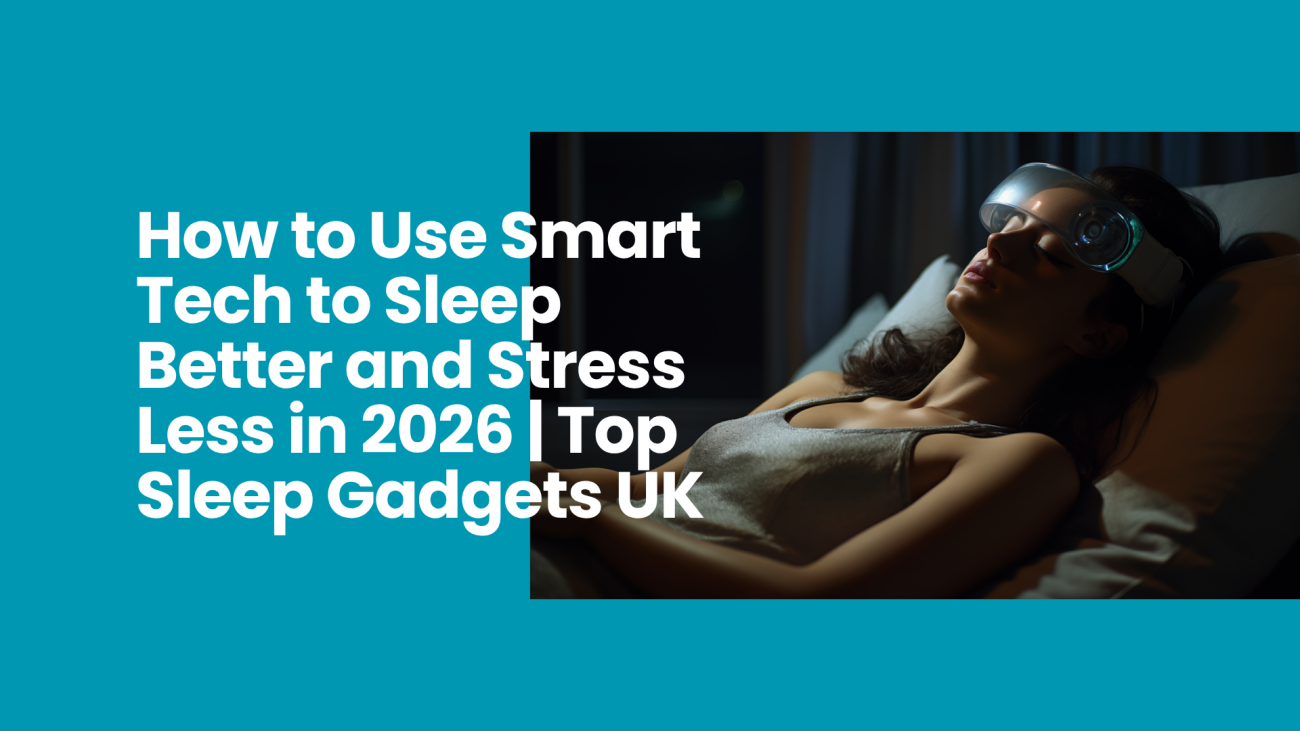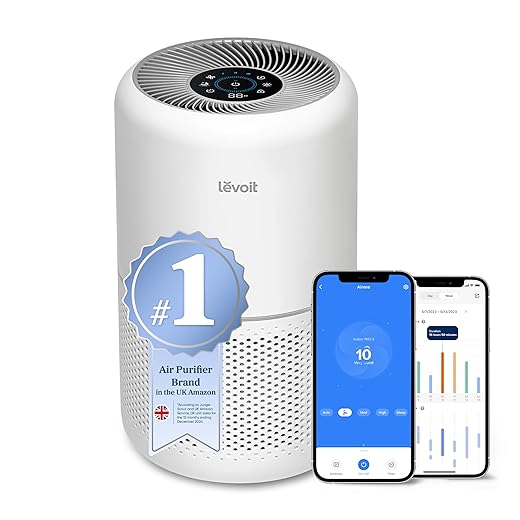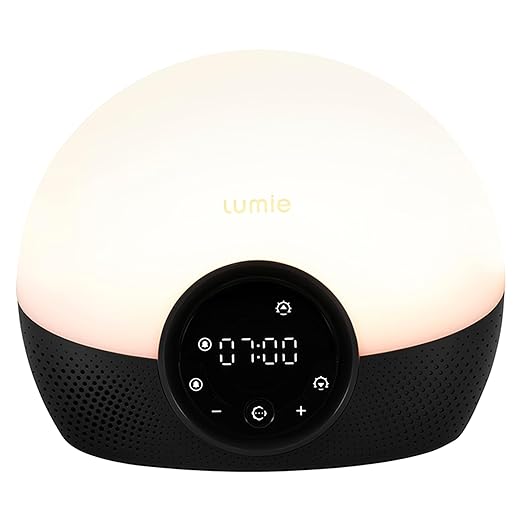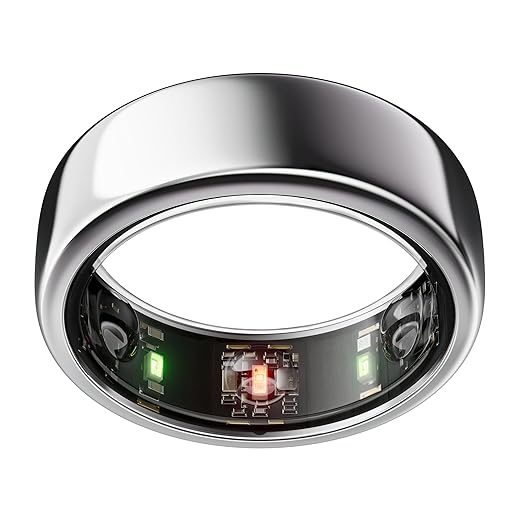Sleep Better by Outsmarting Our Tech Habits
We will make small, science-backed changes to how we use screens so we sleep better and feel less stressed. These six simple steps we can start TONIGHT help us reduce stimulation, unwind more easily, and protect our rest each night.
What We’ll Need
We need our smartphone/tablet, settings access, one or two apps (optional), willingness to change, and a comfy bedtime space.
Boost Your Sleep: 6 Science-Backed Tips from Sleeping with Science (TED)
Audit Our Screen Time: Know Where Our Minutes Go
Curious which apps steal our sleep? A quick audit reveals surprising culprits.Log our device use for three days. Open built-in tools (Screen Time on iOS, Digital Wellbeing on Android) or install a free tracker (RescueTime, ActionDash) and let it run.
Review these points each evening:
Note specific examples: if we see 45 minutes of social scrolling right before bed or repeated midnight email checks, mark them as priority targets. Spot accidental pockets too — five-minute app opens that add up.
Record peak-stress windows and accidental usage so later steps fix the real problems, not guesses.
Set Smart Boundaries: Create Tech Curfews That Stick
What if we treated our phones like guests who leave before midnight?Set a realistic nightly tech curfew—start 60 to 90 minutes before bed—and make it specific. Schedule Do Not Disturb or a Focus mode, or set an alarm labeled “Tech Curfew” that reminds us to stop scrolling. Pick exact swaps we can do instead: bedtime reading, a warm drink, or a short walk.
Use these practical tools and examples:
Invite household members to join so curfew becomes a shared ritual (e.g., we all read together). Repeat nightly—predictable downtime trains our circadian rhythm and lowers pre-sleep cortisol spikes. Consistency matters more than perfection; small lapses don’t erase progress.
Optimize Light and Notifications: Tiny Settings, Big Gains
Dimming a screen can be as powerful as dimming life’s demands—try it and watch sleep improve.Dim screens and switch to warm/night-shift modes an hour or two before bed. Use iPhone Night Shift, Android blue-light filters, or f.lux on laptops to cut evening blue light.
Lower brightness and enable dark mode for apps and OS when possible. Mute non‑urgent apps and allow calls or messages only from essential contacts—use Do Not Disturb or Focus rules to automate this.
Place devices away from the bed and set up a silent charging station on a dresser or kitchen counter so we don’t wake to pings. For laptops, avoid evening work and use full-screen reading or dark themes when we must.
We adjust screen color temperature (night shift / warm mode), lower brightness, and enable blue-light filters in the evening. We audit notification settings—muting non-urgent apps and allowing only essential contacts—so our phones stop triggering stress responses at night. For laptops, we reduce evening screen exposure and use dark mode when appropriate. We also place devices away from the bed and use silent charging stations. These small technical tweaks reduce physiological arousal and signal our brain that the day is winding down, making falling asleep easier and less anxious.
Design a Wind-Down Routine Without Screens
Who says tech-free evenings are boring? We’ll make them deliciously restorative.Design a 30–60 minute pre-sleep ritual that replaces screen time with low-stimulation activities and signals to our nervous system that rest is coming. Choose simple, repeatable actions we can do every night.
Use Tech Purposefully: Tools That Help, Not Hinder
Surprising fact: the right apps can improve sleep—when we stop letting them run our lives.Choose a few supportive tools—calm-sleep timers, white-noise machines, habit trackers, or wind-down apps—and configure them to help without adding friction. We avoid endless recommendation loops and disable autoplay or endless feeds.
Set clear, simple rules we can follow every night:
The aim is to let technology scaffold healthy routines rather than replace them.
Iterate and Personalize: Make Small Adjustments That Last
Why guess when we can experiment? Tiny tweaks yield huge long-term wins.Start small. Pick one tech habit to change for a week—curfew, notification pause, or swapping the phone for a book.
Keep a simple log and look for patterns:
Try a quick test: if a 9pm curfew feels harsh, try 9:30pm for a week; if a meditation app helps, keep it and drop another evening screen.
We treat this plan as a lab: test one change at a time for a week, measure how we feel, and tweak accordingly. We keep a simple log of bedtime, wake time, sleep quality, and evening tech use to spot trends. If a curfew feels too strict, we shorten it; if an app helps, we keep it. We also account for social evenings and travel—having flexible rules prevents relapse. Over weeks, these iterative adjustments lock in habits that reduce stress and improve sleep sustainably.
Small Tech Shifts, Big Rest
By auditing, setting boundaries, tweaking settings, building screen-free rituals, using helpful tools, and iterating, we’ll enjoy calmer evenings and deeper sleep. Let’s start tonight: try one small change, notice the difference, and share your results with us and celebrate progress.






